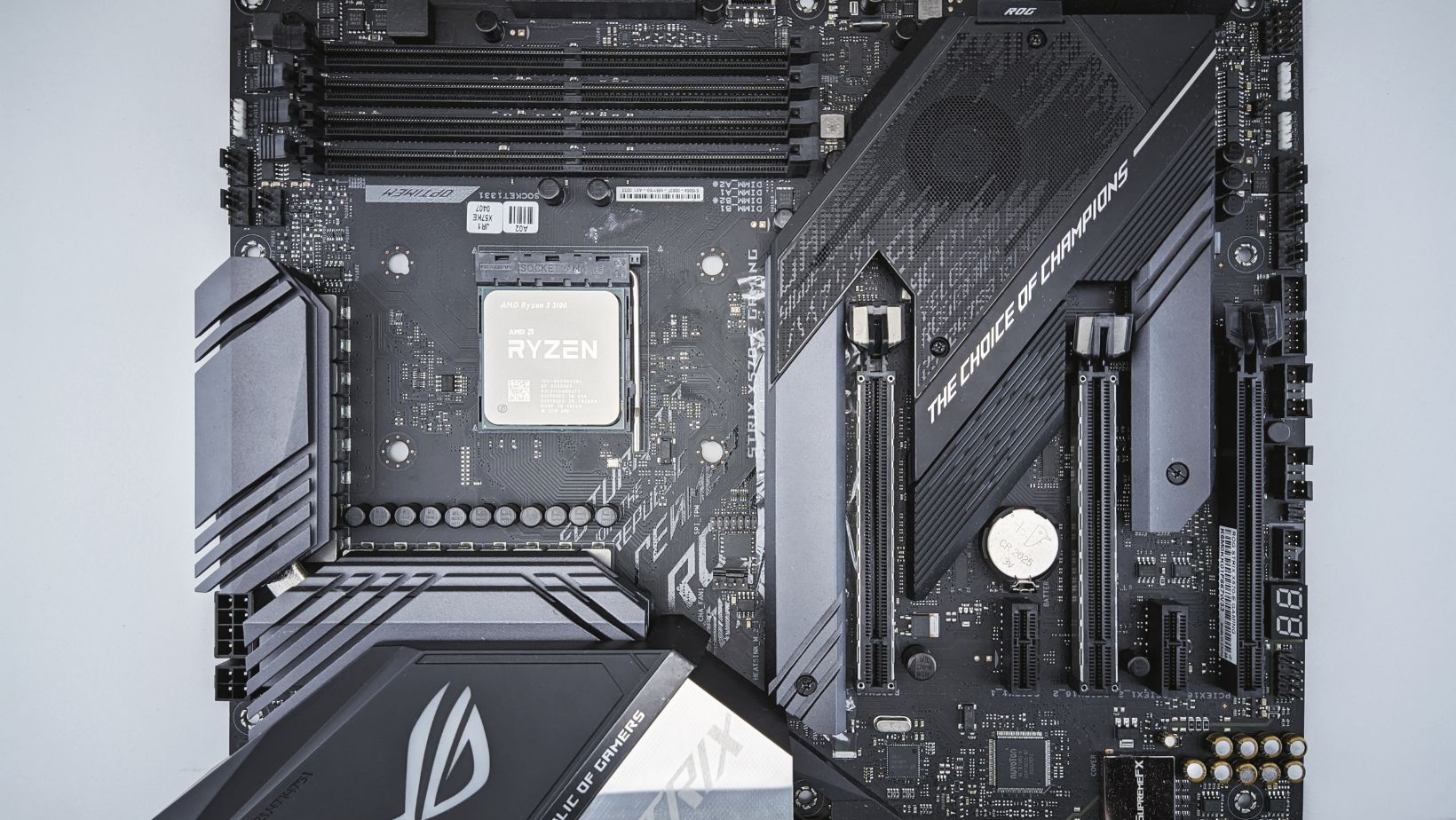
In the high-stakes world of active trading, milliseconds can mean the difference between a profitable entry and a missed opportunity. Whether you’re running simple moving averages or complex custom indicators, the performance of your trading computer directly impacts your edge. And at the core of that performance? Your CPU.
Over the last few years, AMD’s Ryzen processors have emerged as a go-to choice for serious traders looking to maximize speed, efficiency, and reliability. This post explores why AMD Ryzen is an excellent fit for running indicators—especially in volatile markets—and how optimizing your hardware can enhance both your strategy execution and your trading confidence.
What Are Indicators Doing Behind the Scenes?
Technical indicators are more than visual overlays—they’re continuous streams of mathematical calculations. Whether it’s a Relative Strength Index (RSI), Volume-Weighted Average Price (VWAP), or a custom-coded algorithm, your trading platform must process tick-by-tick price data in real time to generate signals.
Every time the price moves, your CPU must recalculate values, update charts, and—if you’re using automation—determine whether trade conditions are met. If your processor lags or chokes under load, you might experience chart freezes, signal delays, or, worse, missed trades. For day traders and scalpers, this isn’t just inconvenient—it’s costly.
Why AMD Ryzen Stands Out
AMD Ryzen CPUs, particularly the 5000 and 7000 series, have proven to be highly capable for running trading platforms and indicators. Here’s why they’re especially suitable:

1. High Core Count with Excellent Single-Thread Performance
Most trading platforms, including Thinkorswim, NinjaTrader, and MetaTrader, rely heavily on single-thread performance. Ryzen CPUs like the 5800X or 7900X balance high clock speeds with multiple cores, which means they handle both the primary trading workload and background tasks smoothly.
2. Low Latency and High Clock Speeds
Indicators depend on low-latency data processing to remain accurate. AMD Ryzen processors offer high base and boost clock speeds (often exceeding 4.5GHz), which helps reduce the time it takes for your platform to react to market changes.
3. Efficient Multitasking for Advanced Traders
If you run multiple charts, indicators, or automated strategies, Ryzen’s multicore architecture ensures your system doesn’t get bogged down. You can monitor several instruments and timeframes simultaneously without overloading the CPU.
4. Great Price-to-Performance Ratio
Ryzen CPUs offer exceptional performance at a competitive price point. You get more computing power per dollar compared to many Intel alternatives, making them a smart investment for traders looking to maximize ROI.
Real-World Trading Use Cases
Let’s look at a few scenarios where AMD Ryzen shines:
• Running Heavy Charting Platforms
Thinkorswim and TradingView can be resource-hungry when loaded with indicators and custom studies. Ryzen handles this demand well, allowing you to scroll, zoom, and refresh charts without delays—even during fast market conditions.
• Backtesting Custom Indicators
If you’re using EasyLanguage or NinjaScript to build and backtest indicators, processing power matters. Ryzen CPUs reduce the time it takes to run historical simulations, giving you quicker feedback and allowing for more iterations in strategy development.
• Multiscreen, Multiplatform Workstations
Traders who use setups with multiple monitors running different platforms (like R Trader Pro, TWS, and Sierra Chart simultaneously) benefit from Ryzen’s multi-core architecture. Background processes like Chrome tabs, Discord, or Zoom don’t interfere with trading performance.
Pairing Ryzen with the Right Hardware
The CPU is critical, but pairing it with the right supporting hardware amplifies its impact. If you’re building or upgrading a trading computer, consider these additional specs:

- RAM: 32GB is ideal for most traders using multiple platforms and indicators.
- Storage: NVMe SSDs provide ultra-fast boot and load times, which are essential when restarting your system quickly in the middle of trading hours.
- GPU: While trading is mostly CPU-driven, a decent GPU helps render charts smoothly across multiple displays.
- Cooling & Power Supply: Ryzen CPUs run best with quality cooling systems. Ensure your build includes reliable thermal management and a stable power supply to avoid crashes during peak trading times.
For help choosing the right configuration, Day Trading Computers offers expert guidance on how different hardware components affect trading performance.
When It Matters Most: Volatile Market Conditions
During high-volatility events like FOMC announcements, earnings reports, or geopolitical headlines, indicators are flooded with price data updates. On underpowered machines, this causes lag, missed updates, and even full system freezes.
Ryzen CPUs thrive in these moments, allowing traders to maintain a stable view of the market while executing trades in real time. This reliability becomes a critical advantage when timing is everything.
Conclusion: Don’t Let Your CPU Hold You Back
In trading, execution speed isn’t a luxury—it’s a necessity. Running indicators on an AMD Ryzen-powered trading computer ensures your tools work as fast as you do. With a modern, high-performance CPU at the heart of your setup, you eliminate one of the most common sources of lag and unlock the full potential of your trading strategy.
If you’re ready to level up your performance, don’t settle for consumer-grade hardware. Build your edge with components that are made for speed, stability, and precision.
For more on building the ultimate trading computer, visit Day Trading Computers to explore configurations optimized for serious traders.







